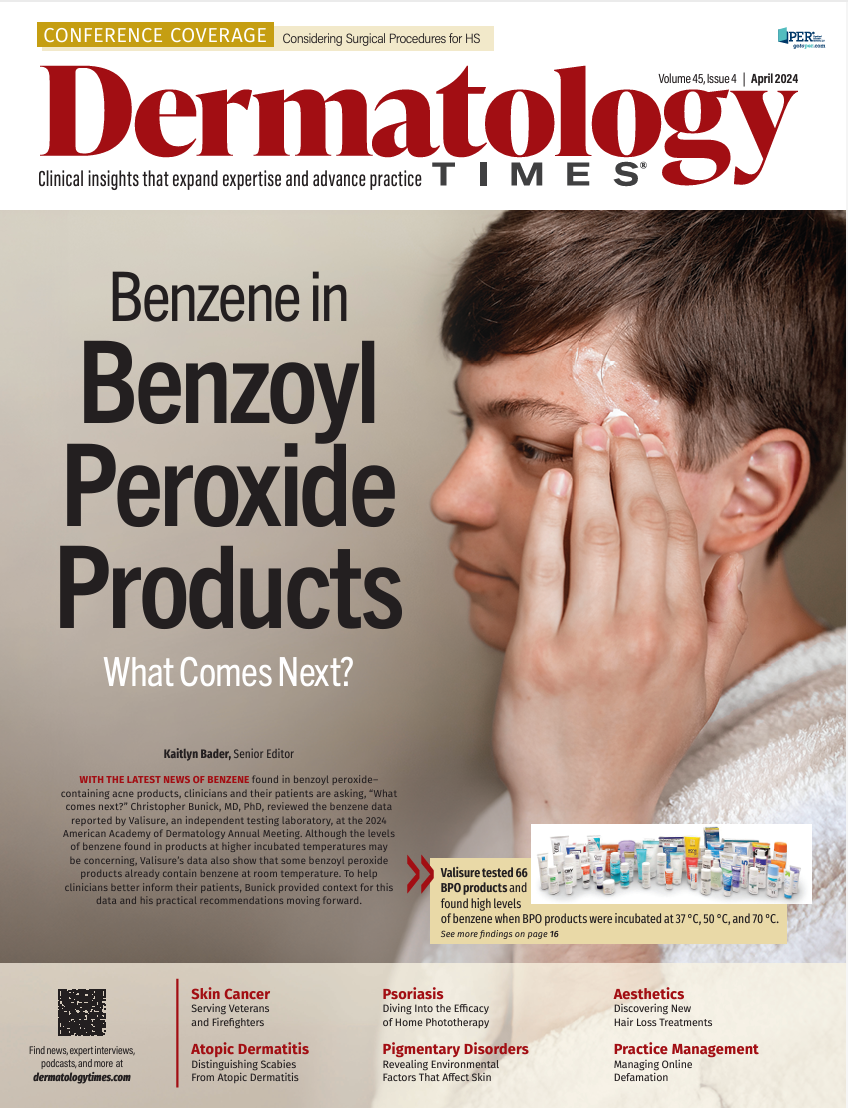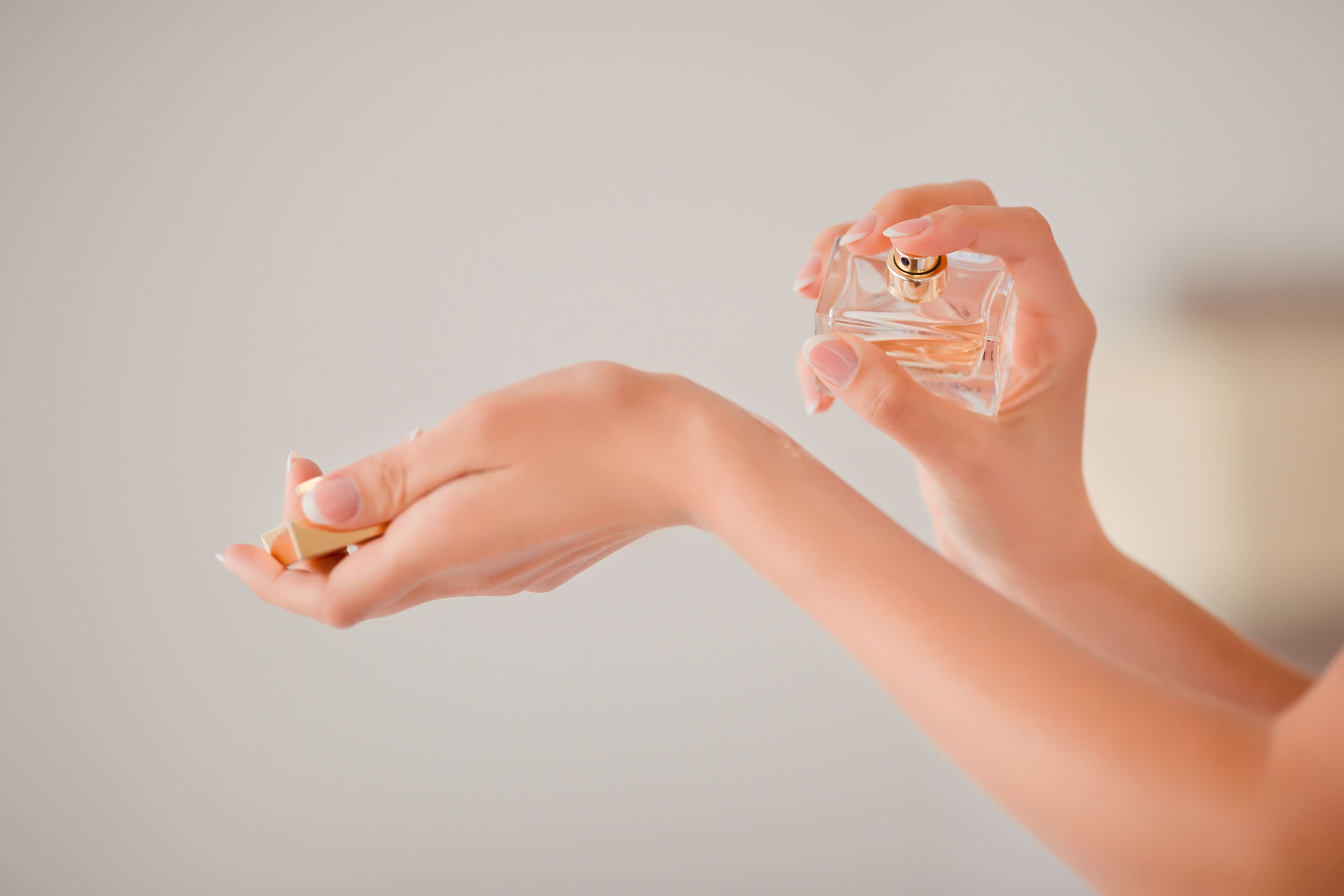- Case-Based Roundtable
- General Dermatology
- Eczema
- Chronic Hand Eczema
- Alopecia
- Aesthetics
- Vitiligo
- COVID-19
- Actinic Keratosis
- Precision Medicine and Biologics
- Rare Disease
- Wound Care
- Rosacea
- Psoriasis
- Psoriatic Arthritis
- Atopic Dermatitis
- Melasma
- NP and PA
- Skin Cancer
- Hidradenitis Suppurativa
- Drug Watch
- Pigmentary Disorders
- Acne
- Pediatric Dermatology
- Practice Management
- Prurigo Nodularis
- Buy-and-Bill
News
Article
Dermatology Times
Neurocosmetics: Sensates and Smells on the Skin
Author(s):
Zoe Diana Draelos, MD, provides answers to the top 5 questions about neurocosmetics patients may have.
A whole new arena of skin care is being developed known as neurocosmetics. Traditionally, cosmetics have been designed to color and scent the skin, and this is how cosmetics are identified from a regulatory perspective. Neurocosmetics are designed to produce a skin sensation that combines a skin benefit with a skin sensation. In other words, the skin feeling imparts a neurologic response. Here are answers to the top 5 questions about neurocosmetics patients may have.
Q: What produces the neurologic response?
Topical substances that produce a feeling when applied to the skin are known as sensates. The sensation could be hot, cold, prickly, stinging, cooling, tingling, etc. The sensate produces a mind/body connection that is supposed to impart well-being. One well-known current use of sensates is in dandruff shampoos. Many dandruff shampoos contain menthol, designed to produce a cooling sensation when applied to the scalp to alleviate scalp itch. The cooling sensation is also to alert the user that the shampoo is “working.” This gives the user confidence that the shampoo is doing its job to alleviate the dandruff.
Dermatologists have used sensates for the treatment of itch for many years. The addition of 2% menthol to a moisturizing lotion has been a safe treatment for senile pruritus, xerotic eczema, and prurigo nodularis. Other sensates used in dermatology and in the cosmetic market include capsaicin, the active component in chili peppers. Capsaicin is used to alleviate pain in herpes zoster. Dermatologists have practiced neurodermatology for quite some time, but the concept of neurocosmetics is new in the OTC market.
Q: How does smell figure into neurocosmetics?
Smell is a sense that connects products applied to the skin surface with one of the most primitive parts of the brain. Neurocosmetic lines include a variety of aromatherapy items with scientifically designed scents to “smell like a hug,” “smell like happiness,” or “smell like relaxation.” The relaxation neurocosmetic pen combines peppermint, lavender, and tonka bean. Some products are packaged in a bottle with a unique shape designed to also contribute to relaxation as you massage your hands over the bottle, bringing together the senses of smell and touch.
Q: How are neurocosmetics designed?
Neurocosmetics are designed to allow a connection to occur between a sense and how you are feeling. For example, a smell can be associated with certain positive feelings, associations, and memories. Each time the smell is encountered, it may trigger those same positive feelings, associations, and memories, leading to a sense of well-being. The success of a neurocosmetic can be determined by measuring the emotional responses with brain scanning. This allows the fragrance to be fine-tuned for optimal impact.
Q: How are ingredients being used to affect mood?
Botanical extracts are being used widely in neurocosmetics that contain biologically active chemicals. One example of an ingredient popular in neurocosmetics in an extract of the Griffonia simplicifolia plant, a shrub native to West Africa. The seeds of the plant are rich in the amino acid 5-hydroxytryptophan (5-HTP) and are used both topically and orally. 5-HTP increases the production of serotonin, affecting pain, sleep, and mood. This plant extract has been used to assist with anxiety and depression but is not approved for this use by the FDA.
Q: What other senses are targeted by neurocosmetics?
Neurocosmetics also use temperature as a sensate. The use of cold on the face has been labeled as a cryofacial, cryo-face treatment, or skin icing on TikTok. Ice globes are popular cryofacial tools that have a round head made of stainless steel or glass attached to a handle. The globe is filled with a freezable liquid and then taken out of the freezer and stroked over the face. Other cryofacial tools include stainless steel rollers and freezable face masks. The idea is that cold induces vasoconstriction, reducing facial puffiness and improving well-being.
Zoe Diana Draelos, MD, is a consulting professor of dermatology at Duke University School of Medicine in Durham, North Carolina, and Dermatology Times’ Editor in Chief Emeritus.








